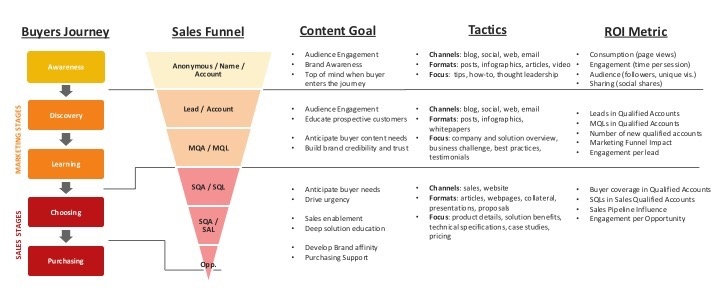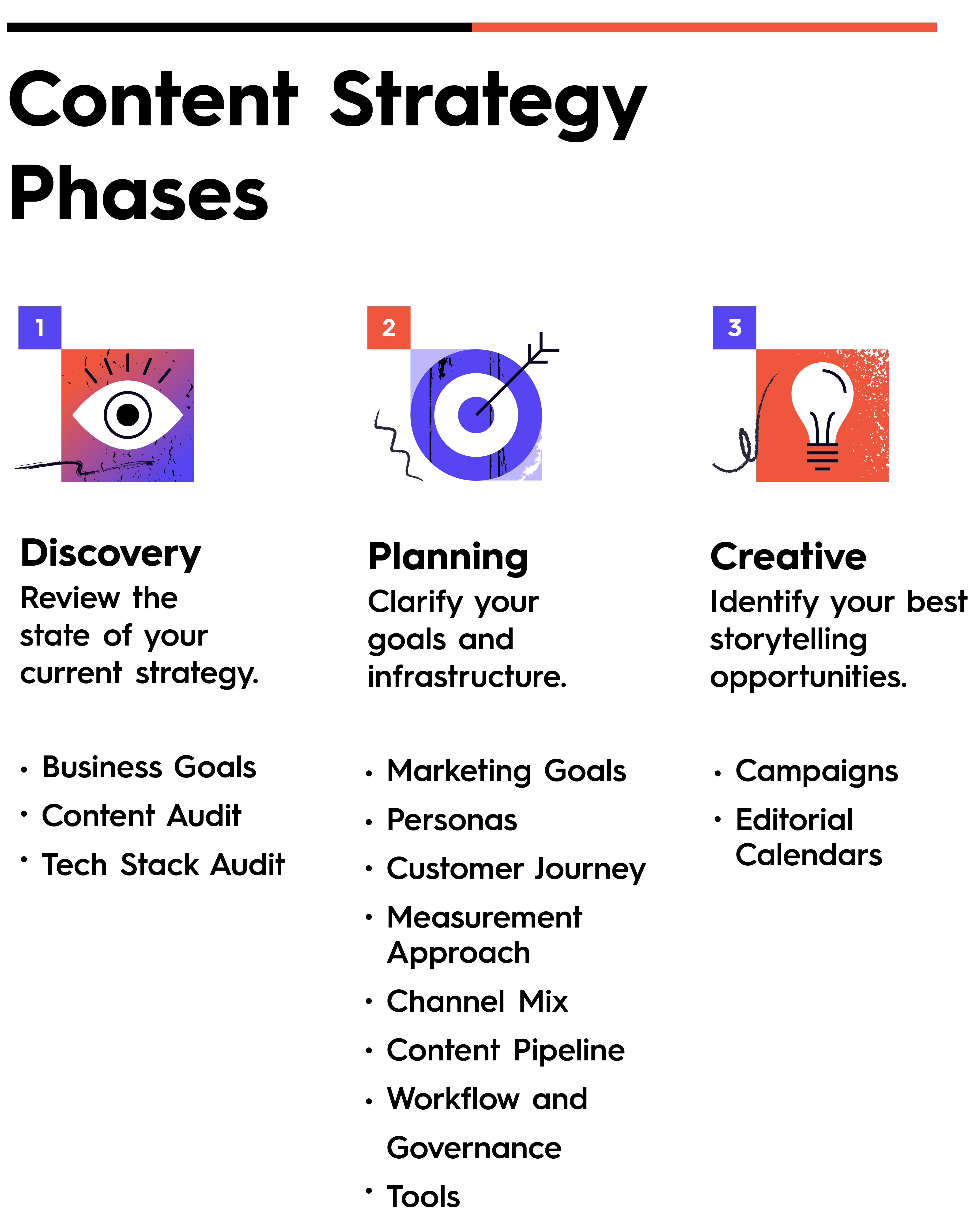Amplify Your Digital Marketing with a Content Strategy Agency
Amplify Your Digital Marketing with a Content Strategy Agency
Blog Article
Determining the Success of Your Material Strategy: Necessary Metrics to Track
In the world of electronic marketing, the effectiveness of a content strategy is frequently assessed with various metrics that reflect both reach and effect. While web traffic metrics provide a foundational understanding of target market involvement, it is the mix of interaction and conversion metrics that genuinely exposes the depth of content vibration and its economic effects. Recognizing which metrics are necessary and exactly how to translate them can considerably enhance your strategic method. The challenge exists in recognizing which details metrics to prioritize and how they can notify your following steps in optimization.
Web Traffic Metrics
In the world of content method, understanding web traffic metrics is important for examining the effectiveness of electronic campaigns. These metrics offer understandings into customer behavior, helping companies determine the reach and impact of their content. Key traffic metrics include page views, one-of-a-kind visitors, and session duration, each offering unique perspectives on audience engagement.
Page views show the total variety of times a web page has actually been seen, while one-of-a-kind visitors measure the number of unique individuals accessing the web content, thus getting rid of replicate counts. Tracking these two metrics with each other enables a thorough understanding of material usage patterns. Furthermore, session duration exposes how much time customers are engaging with the material, supplying understandings into its relevance and engagement level.
Evaluating website traffic resources is likewise important; it assists determine where visitors are coming from, whether organic search, social networks, or recommendations. This information is important for refining marketing strategies and optimizing material circulation networks. By concentrating on web traffic metrics, organizations can gauge the visibility of their web content, recognize trends, and make notified decisions to improve general web content strategy efficiency. In summary, website traffic metrics act as foundational signs that assist calculated changes and foster constant improvement.
Interaction Metrics
While website traffic metrics give important understandings into user reach and habits, engagement metrics use a deeper understanding of just how audiences engage with content once they get here. These metrics are critical for examining the quality of customer interactions and the general performance of a content strategy.
Secret involvement metrics consist of time on web page, scroll depth, and social shares. Time on web page indicates how much time individuals spend consuming material, which can disclose its importance and charm. Scroll depth gauges how far down the page individuals scroll, giving understandings right into content structure and readability. Social shares suggest the level of vibration with the target market, highlighting web content that triggers customers to show to their networks.
Furthermore, remarks and user-generated web content can act as indicators of target market interest and involvement. High engagement levels typically associate with raised brand name commitment and campaigning for, as customers who communicate with web content are most likely to remember and endorse the brand name.
Conversion Metrics
Exactly how properly does your content drive desired activities from your target market? Conversion metrics are essential for assessing the effectiveness of your content strategy in persuading users to take details activities, such as enrolling in a newsletter, buying, or downloading and install a source. By tracking these metrics, you can establish the roi (ROI) of your material initiatives and recognize areas for improvement.
Trick conversion metrics include conversion price, which determines the percentage of site visitors that finish a desired activity, and the typical order value, which shows the normal amount spent by consumers. Furthermore, tracking list building metrics, such as the variety of leads obtained through material, can provide understanding right into the effectiveness of your web content in nurturing prospects down the sales channel.
One more vital metric is consumer purchase cost image source (CAC), which examines the total price connected with acquiring a new customer through your web content initiatives. Content Strategy Agency. By analyzing these metrics, you can make data-driven decisions to enhance your content approach, improve your messaging, and enhance calls-to-action, inevitably resulting in enhanced conversions and official website business growth
Search Engine Optimization Efficiency

First, natural website traffic works as a primary indication of search engine optimization success, reflecting the variety of visitors getting here at your website through internet search engine results. Examining organic traffic fads with time can disclose the performance of your optimization efforts.
Second, keyword positions are critical as they suggest just how well your content does for targeted search terms (Content Strategy Agency). Keeping track of variations in positions can help you refine your search phrase technique and focus on material improvements
Third, click-through rate (CTR) is essential, as it measures the percent of customers who click on your link after seeing it in search engine result. A high CTR shows that your titles and meta summaries are compelling and relevant to individual questions.
Social Media Impact
What role does social media sites play in boosting web content strategy metrics? Social media works as a powerful amplifier for content distribution, substantially impacting brand name, engagement, and reach understanding. By tracking social media metrics such as shares, likes, comments, and total involvement prices, companies can determine the efficiency of their material method and determine what resonates with their target market.
In addition, social media sites systems supply important demographic understandings, enabling firms to tailor content to details target market sections. Keeping track of recommendation traffic from social networks to the site also aids in recognizing the conversion capacity of social media projects. The connection in between social networks communications and web site performance can expose the efficiency of material in driving go to this web-site user habits.

Verdict
In conclusion, determining the success of a web content strategy requires a comprehensive analysis of different metrics. Website traffic metrics disclose the reach of material, while engagement metrics supply insights right into audience interaction.
While web traffic metrics supply a foundational understanding of audience engagement, it is the mix of interaction and conversion metrics that really exposes the deepness of content resonance and its monetary effects. By concentrating on traffic metrics, organizations can gauge the visibility of their content, identify fads, and make educated choices to boost total web content strategy effectiveness. By tracking social media metrics such as shares, suches as, comments, and overall engagement rates, companies can gauge the efficiency of their content strategy and identify what reverberates with their target market.
In recap, leveraging social media effect metrics not only improves the understanding of material efficiency however also informs future content development, making sure positioning with audience choices and maximizing overall approach efficiency.

Report this page